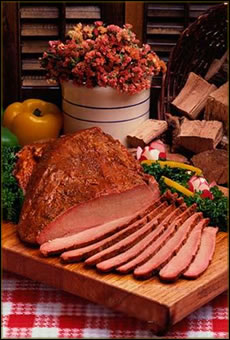INGREDIENTS:
16 ounces container sour cream1 cup light mayonnaise
2 tablespoons fresh dill, minced
2 tablespoons fresh parsley, minced
2 cloves garlic
DIRECTIONS:
This is better served after several hours or the next day.
serves/makes: 8
A collection of shared and found recipes
Wanna share recipes? Email me
Preparing the items for the Seder plate requires some time.
It is best to prepare all the Seder foods before the onset of the holiday, in order to avoid halachic questions.


Ingredients:
butter and olive oil
1 cup matzo farfel or bits of broken matzo
1-2 handfuls dried mushrooms, soaked in hot water
handful of chopped parsley or other herbs
salt and pepper
Preparation: Melt some butter with olive oil in a large skillet over medium heat.
Add the matzo farfel and stir to cover in butter and lightly toast until slightly golden. Add more butter or olive oil if the pan gets dry.
Remove mushrooms from from water and squeeze out any remaining moisture. Reserve the soaking water.
Coarsely chop mushrooms and add to farfel. Stir to cover in butter.
Add some of the mushroom water to farfel mixture and stir. As the farfel absorbs the mushroom water, add more and stir.
Taste as you go to get the consistency you prefer. Then season to taste with salt, pepper, and herbs.

Ingredients:
2 cups flour
1 cup milk
4 eggs
1/2 teaspoon salt
Preparation:
Sift together 2 cups flour and 1/2 teaspoon salt. Make a well and add 4 beaten eggs. Blend; add 1 cup milk and beat continuously for 10 minutes. Let stand 1 hour. Heat oven to 450 degrees. Place 12-hole muffin pan in oven to heat. When hot, grease pan (butter, margarine, non-stick spray, etc.). Pour equal amounts of batter into muffin tins, and bake for 40 minutes.
More Lawry's Recipes HERE.
Shelly's Yummies
.All rights reserved. Powered by Blogger